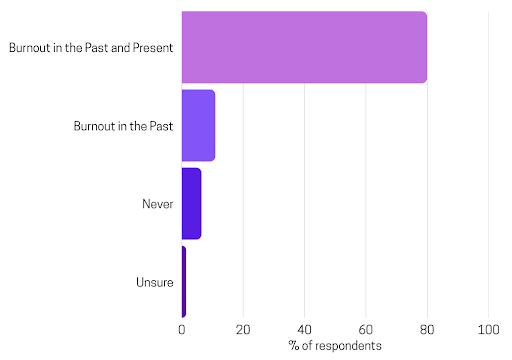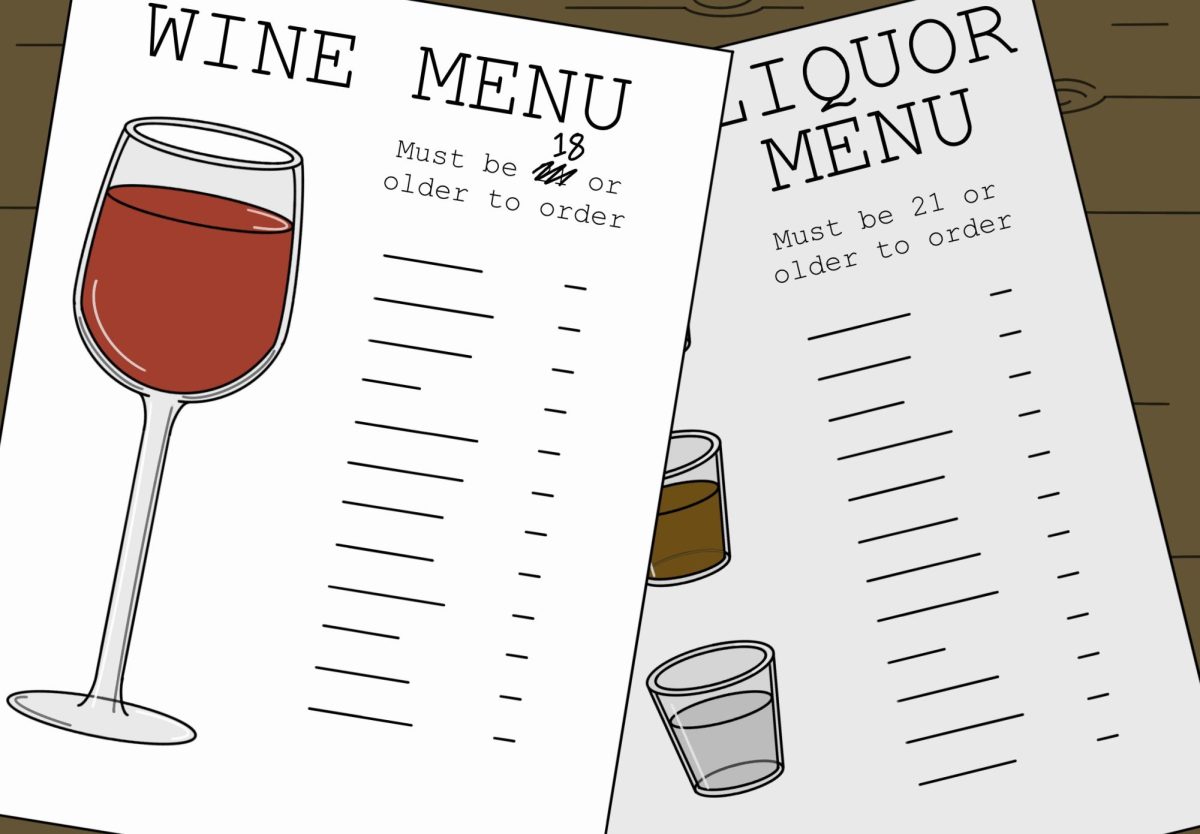“What is your greatest weakness?”
It’s the infamous interview question, but not one that’s asked often at Furman. Instead, one inevitably hears: “What are your (Clifton)Strengths?”
In 1999, CliftonStrengths was born out of the emerging field of positive psychology. This field has taken off in recent years for a good reason: these exercises have been proven to positively impact wellbeing, according to a study in New Ideas in Psychology. However, while recognizing and developing one’s personal strengths can be a useful and encouraging activity, Furman overestimates the positive effects of Strengths on campus.
Though the intention of the founders of CliftonStrengths was to take advantage of the principles of positive psychology, the test and results themselves are not backed by science. While there is evidence to suggest that a person’s CliftonStrengths results are stable over time, there is no evidence that proves that those results are an accurate depiction of a person’s actual strengths. Gallup admits they cannot prove CliftonStrengths’ accuracy (referred to in psychology as content validity), saying “it is difficult to provide content validity evidence for personality-type assessments.”
Though Gallup likes to brand CliftonStrengths as a behavior-based assessment, their own researchers classify it as a “personality-type assessment.” Similar personality tests like the Myers-Briggs Type Indicator (MBTI) and the enneagram have been repeatedly debunked by psychologists, as they have been shown to be inaccurate and unreliable.
The reason personality tests feel accurate, even when proven otherwise, is because of the Barnum Effect. People may believe that a personality description fits them perfectly, while in reality, these descriptions are worded in ways that are applicable to most people. We may feel truly seen by personality test results, but that does not mean the results are accurate, only that they are vague.
CliftonStrengths seems to be similarly vulnerable to the Barnum Effect. The description of each strength is broad and overlaps with other strengths, meaning anyone could feel like it applies to them. The strength of Ideation, for instance, describes the basic human skills of recognizing patterns, having ideas, or even just… thinking. Like many other popular personality tests, a student’s CliftonStrengths results can mean whatever the student wants them to mean.
One reason the descriptions are unspecific is because there are very few strengths. The developers of Strengths tried to encompass the vast array of human talent into just 34 strengths, but they even admit in an official report that there is no way to know whether they’ve covered everything. Thus, the 34 CliftonStrengths are not necessarily an accurate depiction of all the strengths that exist, or even the most important strengths, people can have.
But is this lack of scientific backing really an issue?
CliftonStrengths can be a nice way to jumpstart positive reflection about the good qualities within ourselves and others. For those who believe in and enjoy the program, reflecting on one’s results can lead to the type of benefits typically seen in proven positive psychology exercises. Maybe that’s all CliftonStrengths has to be: a simplistic but interesting starting point for deeper reflection.
There’s just one major problem – that’s not how it’s sold to Furman students.
Students are instructed to take the Strengths assessment for a multitude of activities on campus, such as organizations, on-campus jobs, and Pathways classes. In every scenario, the experience is similar. Strengths is presented as a wonderful — and, of course, mandatory — opportunity that our institution has provided. The test is commonly followed by extensive discussion, known as “strengths coaching,” and perhaps a worksheet. For Pathways students, these coaching sessions and worksheets drag on for two years, asking students to connect their strengths to nearly every facet of their life at and beyond Furman.
The compulsory oversaturation of CliftonStrengths into the Furman experience can cause the whole exercise to feel like a burden. That’s a problem because positive psychology exercises work best when the participant wants to take part in them and willfully chooses to do so, according to the Association for Psychological Science. Thus, Furman’s approach of forcing students to repeatedly pour time into CliftonStrengths diminishes the potential benefits of the exercise. If students don’t find themselves aligned with their strengths, the burden is on students to embrace them regardless.
The ubiquity of Strengths language around campus can also be off-putting. The curriculum of CliftonStrengths is rife with corporate jargon about “unlock(ing) your talent DNA” and “foster(ing) effective team dynamics.” This language can come across as overly workplace-oriented and potentially alienate students who haven’t yet reached the workplace. The cheery jargon can make CliftonStrengths feel less like a reliable, useful assessment and more like corporate astrology.
If we want students to receive the benefits of positive psychology, we need to ditch the over-reliance on CliftonStrengths and give students a choice. Rather than taking one test and reflecting on the same five strengths endlessly, students should be provided with an array of proven positive psychology exercises and allowed to choose which ones they take part in. These opportunities can include activities such as practicing gratitude, appreciating nature or even a more flexible and scientifically supported version of strengths reflection. These and nearly a hundred other options can be found at UC Berkeley’s Greater Good Science Center.
If Furman continues to use CliftonStrengths as a mandatory exercise, it should be presented more accurately: as an unscientific but interesting assessment that helps students get used to the workplace personality tests they will probably see frequently in life after graduation. After all, I will probably talk about my CliftonStrengths in my next job interview.
To read Opinion Writer Tate Denham’s take on Strengths at Furman, click here.



































